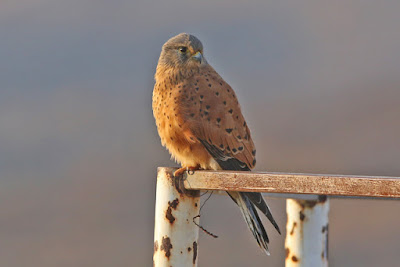 |
| Royal Tern Beale Strand, Kerry 25th August 2016 |
 |
| Royal Tern Beale Strand, Kerry 25th August 2016 |
 |
| Royal Tern Beale Strand, Kerry 25th August 2016 |
 |
| Royal Tern Beale Strand, Kerry 25th August 2016 |
 |
| Pied Crow at Sossuvlei |
 |
| Ludwig's Bustard at Kulala Desert Lodge |
 |
| Ruppell's Korhaans at Kulala Desert Lodge |
 |
| Bat-eared Fox at Kulala Desert Lodge |
 |
| Ostrich at Kulala Desert Lodge |
 |
| Springboks at Kulala Desert Lodge |
 |
| Oryx at Kulala Desert Lodge |
 |
| Dune Lark at Sossuvlei |
 |
| Pied Crow at Sossuvlei |
 |
| African Wild Cat at Kulala Desert Lodge |
 |
| Cape Sparrow at Sossuvlei |
 |
| Hartmann's Mountain Zebra |
 |
| Pririt Batis |
 |
| Cape Bunting |
 |
| Pale-winged Starling |
 |
| South African Shelduck |
 |
| Lappet-faced and White-backed Vultures on Zebra kill |
 |
| Southern Fiscal Avis Dam |
 |
| Blue Waxbill Avis Dam |
 |
| Rock Kestrel Avis Dam |
 |
| Kalahari Scrub Robin Avis Dam |
 |
| Crimson-breasted Shrike Avis Dam |
 |
| White-browed Sparrow Weaver Avis Dam |
 |
| Black-throated Canary Avis Dam |
 |
| Marico Flycatcher Avis Dam |
 |
| Purple Swamphen Minsmere RSPB, Suffolk 1st August 2016 |
 |
| Dune Lark - Namibia's only truly endemic species |
 |
| Ruppell's Korhaan |
 |
| Ostrich |
 |
| Pied Crow |
 |
| Kalahari Scrub Robin |
 |
| Hartmann's Mountain Zebra |
 |
| Black-backed Jackal |
 |
| African Wild Cat |
 |
| Oryx |
 |
| Springbok |
 |
| adult Kelp Gull |